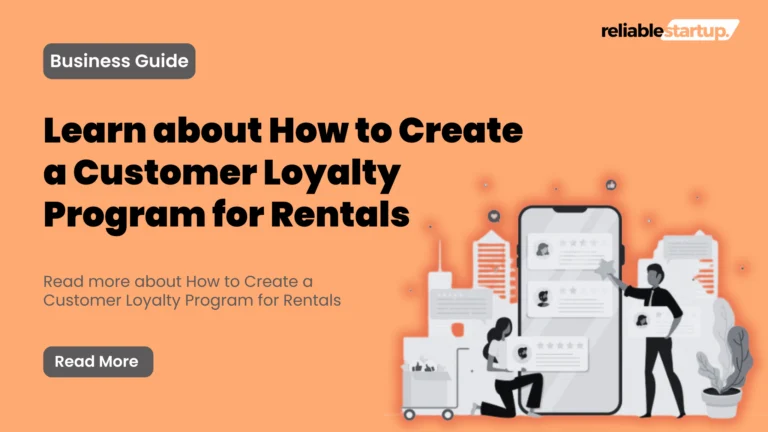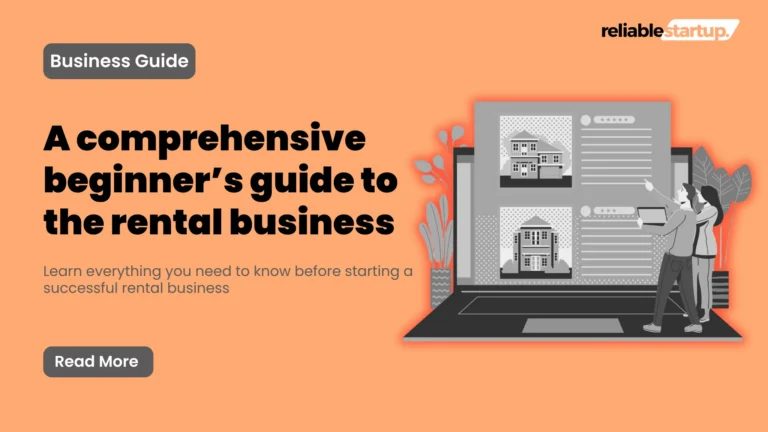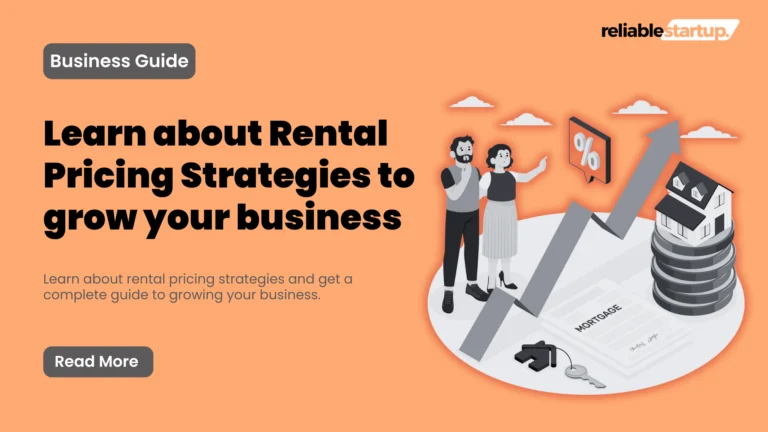How To Start A Tiny House Rental Business: Complete Guide

A tiny house is a cute small house, designed to use space efficiently and be environment friendly, it is built in between 100 and 400 square feet this house is furnished just like a big house but some different modern facilities like it has a folded bed you can fold this bed and it become a couch and a dining table slide out as a kitchen counter and many more.
Tiny house rental business provide a simple lifestyle to people. That’s why people choose tiny houses to make their life simple and environment friendly and also save their money.
What is a tiny house rental business?
Tiny house rentals provide small compact beautiful homes as an alternative of hotels, these tiny houses are frequently located in attractive and unique location and provide a cozy vibe to people with minimal cost.
The company targets customers who are looking for a special, minimalist experience that emphasizes eco-friendliness and connection with nature.
Tiny house rentals are the best option for travellers who want to test out tiny house lifestyles without living permanently, that is why the tiny house industry grows day by day.
Is tiny house rentals are profitable?
Absolutely a tiny house rental business can be a profitable venture, particularly in locations where there is a great demand for distinctive, eco-friendly housing. It has fewer initial investments compared to common investment properties, tiny house rentals is a short term rental business and it can generate a consistent income.
However, success is based on good location, market demand, and good marketing. If executed well, it can deliver a significant return on investment.
Step by step guide to start and grow your own Tiny House Rental business
Before starting a tiny house business, take these 10 essential steps to ensure thorough preparation and success, Here’s a step-by-step list to follow before starting a tiny house rentals:
- Market research and planning
- local rules and permits
- Setting up the business
- Acquiring or building the tiny house
- Finding the right location
- Marketing and promotion
- Managing operations
1. Market research and planning
Begin by exploring the tiny house rental marketplace in your area to determine the demand, popularity, competition, and potential pricing of tiny house rentals. Identify your target audience such as travellers who are looking for a unique and unforgettable trip or people who are interested in environmentally friendly living.
In addition, Create a solid business plan and focus on your objectives like budget, marketing strategy, and start-up costs.
2. local rules and permits
You must have to follow all the local rules and receive all the required license and permits to start your business such as regional building codes, construction license, and rental requirements. Fulfil all the necessary permissions and ensure that your tiny house matches all the safety requirements and respects to local rules, remember Some places might ban the placement of tiny houses or their use as rental properties.
3. Setting up the business
After registering your business in a legal way you must obtain the essential insurance to secure your assets and visitors also Create a booking system either on your website or on different vacation rental platforms such as Airbnb, Vrbo, to attract more visitors and gain more profit. Create a pricing strategy based on your expenses, targeted profit margins, and current market prices.
4. Acquiring or building the tiny house
Choose whether you want to buy a premade tiny house for rent or build it on yourself. If you decide to built it on yourself, think about the style, materials, and features that will attract your intended audience.
Make sure that your tiny house has all the required facilities, such as a dining area, restroom, and bedrooms.or if you choose to buy the tiny house you have to consider reputable builders or manufacturers who provide unique different options.
5. Finding the right location
Select an area that will attract your target clients. This could be a beautiful rural location, a popular tourist site, or a city area. Ensure that the property is approved for tiny houses and has access to basic facilities such as water, power, and sewerage.
6. Marketing and promotion
Advertise your tiny house rental business on social media, travel sites, a and Highlight your small house’s outstanding benefits such as its environmentally friendly design, lovely setting, and unique facilities. Encourage guests to submit feedback and share their opinions online to increase reservations.
7. Managing operations
Create a simple booking system for your customers which may include immediate availability, payment processing etc. You may also need a good team that communicates friendly with your visitors, and keep an eye to all the check-in check-out details, also hire a good cleaning team to maintain your tiny houses always in a good condition.
These all efforts create a pleasant experience for your guests.
Final verdict
The tiny house rental business provides unique and successful opportunities with proper planning and a focus on customer service, it can become an attractive business specially, this business attracts travellers seeking simplicity and sustainability and a connection to nature, if you focus on all the above mentioned guides you can build a successful business.
Good luck!






